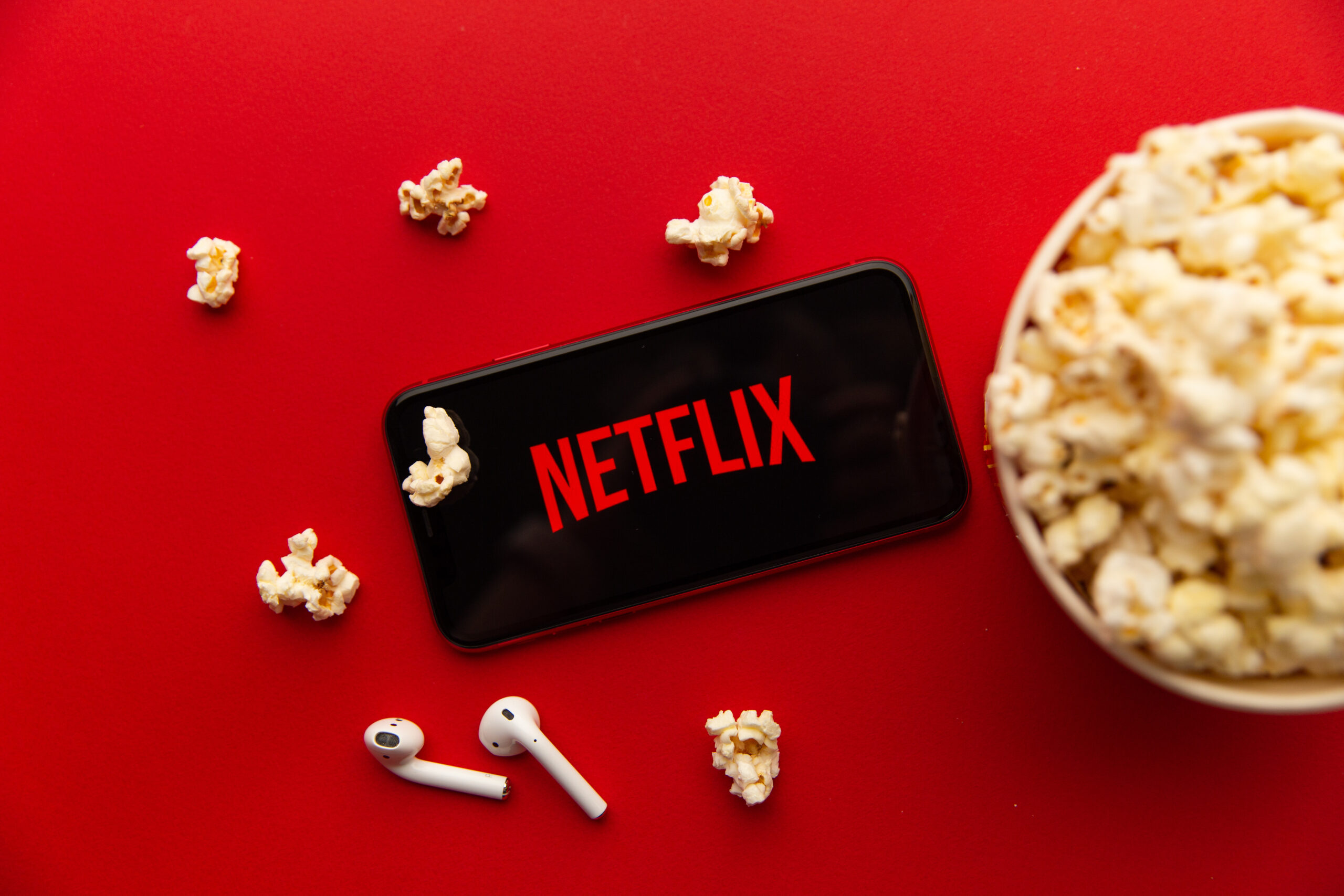Netflix has officially begun the phase-out of its most affordable ad-free subscription option, the Basic plan, leaving many subscribers feeling a bit like they’ve been left on a cliffhanger. This move comes as part of the streaming giant’s ongoing strategy to reconfigure its pricing model and push more users towards its ad-supported tiers.
The writing was on the wall since January when Netflix announced it would be discontinuing the Basic plan in certain regions by the second quarter of 2024. Now, subscribers in the U.K. and Canada are receiving pop-up notifications, informing them they have until July 13 to either select a new subscription plan or face a blank screen where their favorite shows used to be. The message is clear: “Basic plan has been discontinued.”
The Options
With the Basic plan off the table, subscribers are now left with a few choices, each with its own set of trade-offs. Here’s a breakdown of what’s available:
- Standard with Ads ($6.99/month): This is now the cheapest option. If you don’t mind commercials interrupting your binge sessions, this plan is for you. Think of it as a throwback to the good old days of TV, but with slightly better content.
- Standard Plan ($15.49/month): If you’re allergic to ads, you’ll need to shell out a bit more for this ad-free experience. It’s like the Basic plan’s older, slightly more expensive sibling.
- Premium Plan ($22.99/month): For those who want it all – ad-free viewing and 4K content – this is the top-tier option. It’s perfect for anyone who thinks watching “Stranger Things” in anything less than ultra-high definition is simply uncivilized.
While Netflix hasn’t provided a crystal-clear reason for axing the Basic plan, but it’s likely a strategic move to drive more subscribers towards its ad-supported tiers. After all, ads mean additional revenue streams, and Netflix has realized that ad-supported accounts might be more lucrative than ad-free ones. This shift aligns with their 2023 earnings call, which highlighted the financial benefits of having users on the ad-supported tier.
Predictably, the reaction on social media has been swift and vocal. Many subscribers have taken to platforms like Reddit to express their displeasure. Comments range from mild annoyance to outright frustration, with users lamenting the loss of a budget-friendly, ad-free option.
What’s Next?
If you’re currently on the Basic plan and haven’t seen the notification yet, consider yourself lucky – for now. However, it’s likely only a matter of time before you’ll need to make a decision: upgrade your plan or prepare to welcome commercials into your streaming life.
Netflix’s decision to retire its Basic plan marks a significant shift in its subscription strategy. Whether you’re willing to tolerate ads or ready to pay more for an uninterrupted experience, staying informed about your options is key. As the streaming landscape continues to evolve, subscribers will need to adapt to these changes while still enjoying the vast library of content that Netflix has to offer.
Please follow us on Facebook and X for more news, tips, and reviews. Need cord cutting tech support? Join our Cord Cutting Tech Support Facebook Group for help.

